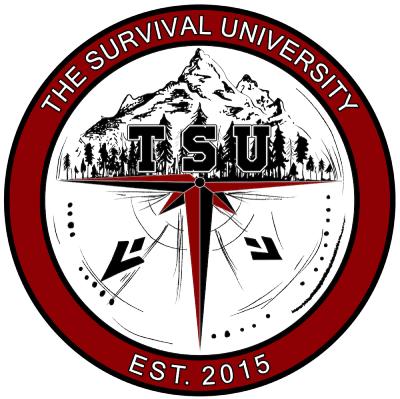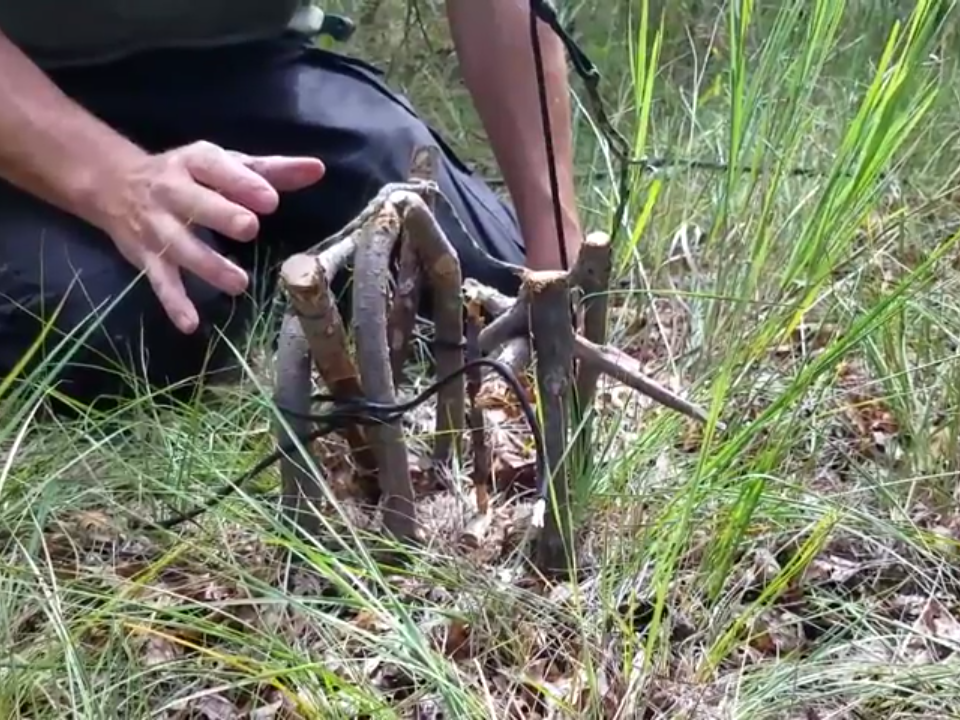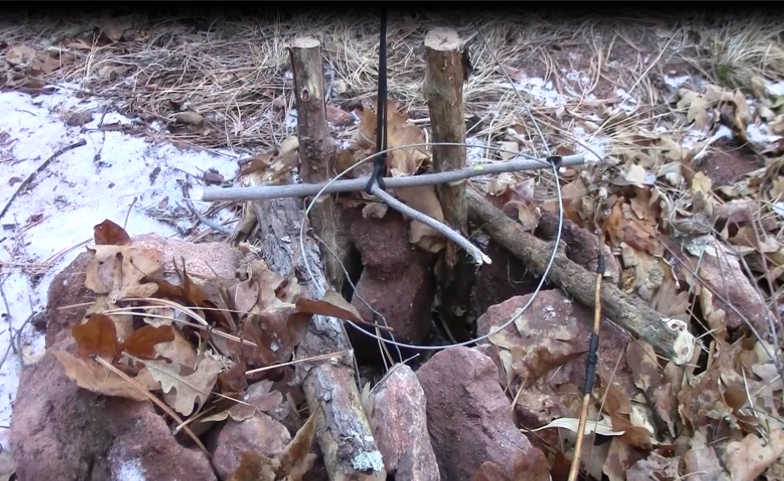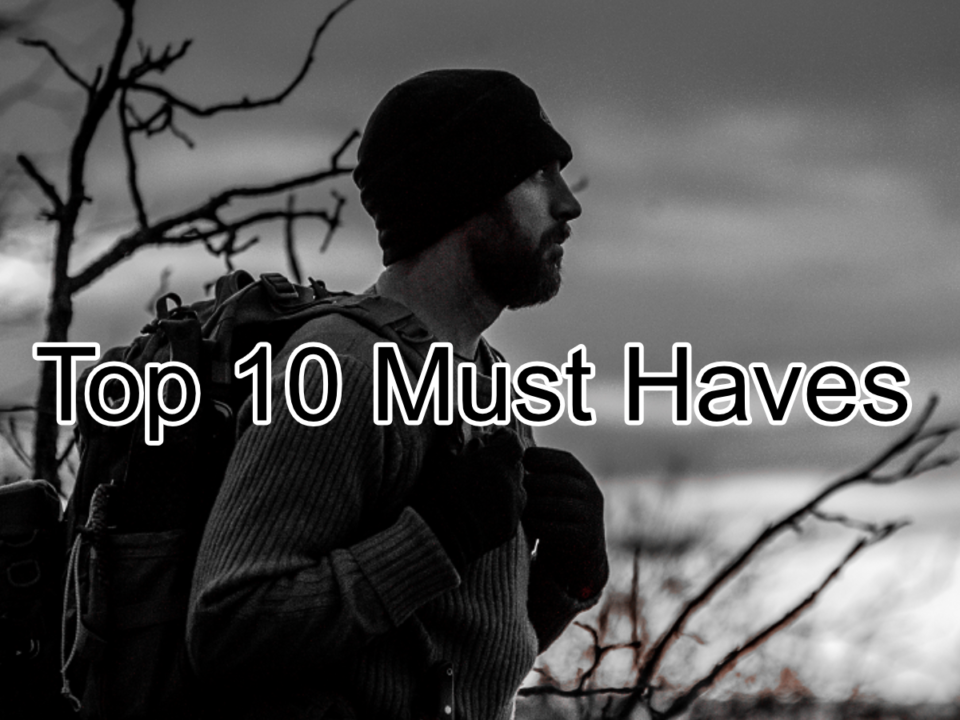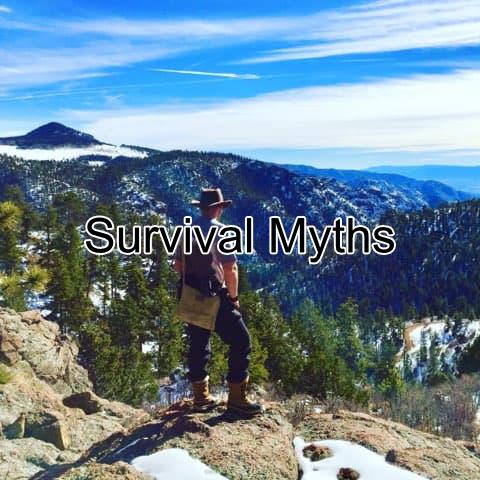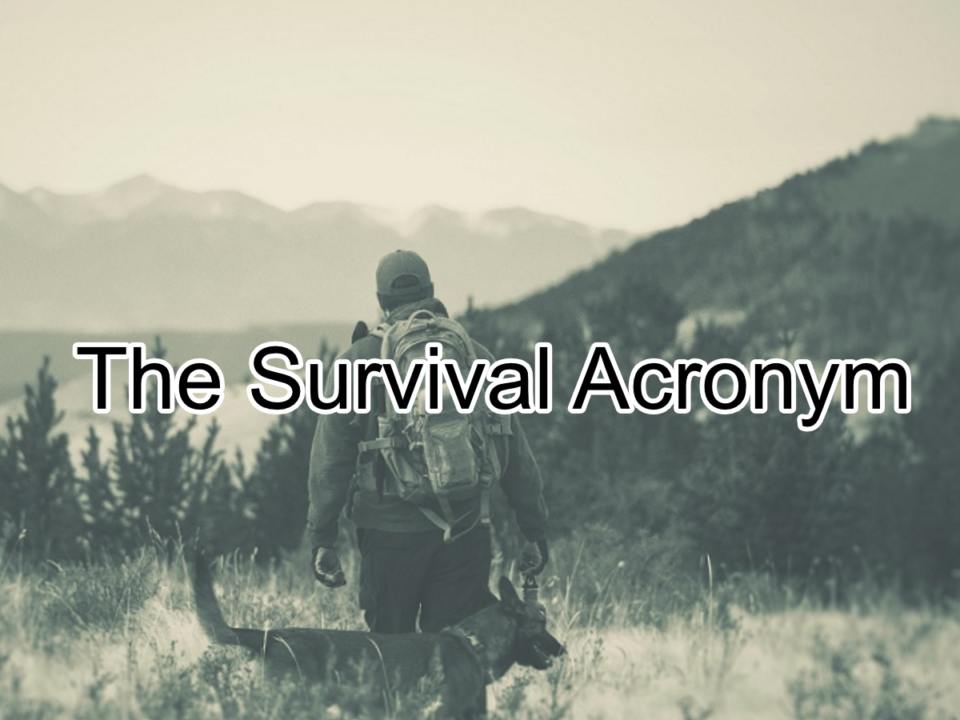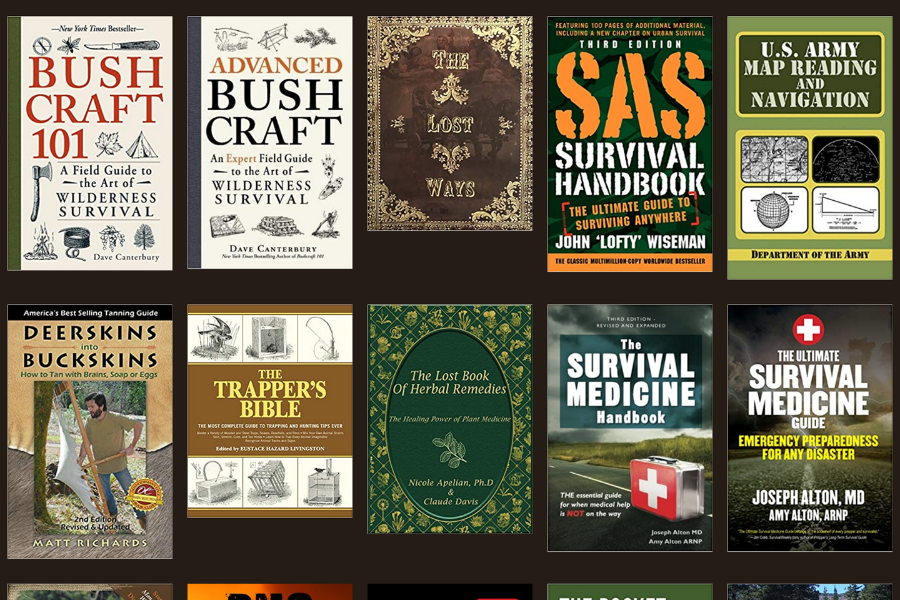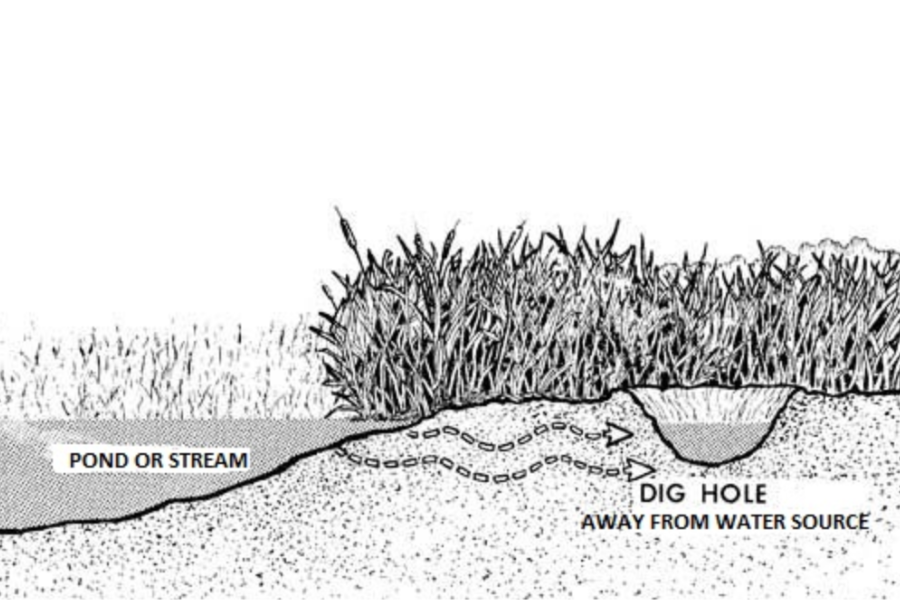Cart
8 min read
What’s in a Wilderness Medical Kit
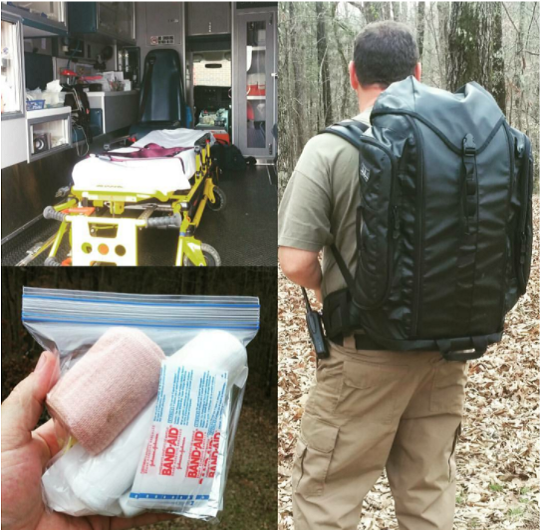
“What’s in your medical kit?”
It’s a simple question with a very complex, situationally-dependent answer, especially for this paramedic with a strong understanding of wilderness medicine. While working the streets, my medical kit consists of about $250,000 worth of high-tech equipment, supplies, and pharmaceuticals located inside a big metal box, anchored to a truck chassis, and surrounded by blinking red lights. When operating as a contract medical provider, my kit takes up every corner of a 3800 cubic inch Stat Packs G3 medical backpack. When spending a night in the backcountry or a weekend on the trail, my medical supplies fit neatly inside a quart-size Ziploc bag.

In simplest terms, the mission defines the gear. In emergency medicine, we often use easy to remember abbreviations to keep our priorities straight. Street side, when advanced life support is usually just a phone call away, the priorities are “ABC”, which represents airway, breathing and circulation. In tactical medicine, when gunshot wounds and blast injuries are common, the priorities shift to address life-threatening hemorrhage first, hence “CAB”. In wilderness medicine, when definitive care may be hours or even days away, we use “ABCDE”, adding disability and environment as potential life-threatening concerns. The ability to get yourself, or your patient, out of a compromised situation while dealing with environmental issues is paramount to a positive outcome. Regardless of the setting, without an open airway, adequate breathing, sufficient circulation, the ability to reach advanced care, and a means to thermoregulate, every injured or ill person will rapidly assume room temperature.
{% module_block module “widget_92d48dd8-d0f7-4a6e-825f-a9ff02f132ea” %}{% module_attribute “child_css” is_json=”true” %}{% raw %}null{% endraw %}{% end_module_attribute %}{% module_attribute “content” is_json=”true” %}{% raw %}{“col_1”:{“img”:{“src”:”https://43895480.fs1.hubspotusercontent-na1.net/hubfs/43895480/Imported_Blog_Media/Medical-Kit-Training-214×146.png”,”alt”:”Medical-Kit-Training-214×146″,”width”:214,”height”:146,”loading”:”lazy”,”max_width”:214,”max_height”:146}},”col_2″:{“img”:{“src”:”https://43895480.fs1.hubspotusercontent-na1.net/hubfs/43895480/Imported_Blog_Media/Medical-Kit-Training-Splint-214×146.png”,”alt”:”Medical-Kit-Training-Splint-214×146″,”width”:214,”height”:146,”loading”:”lazy”}},”col_3″:{“img”:{“src”:”https://43895480.fs1.hubspotusercontent-na1.net/hubfs/43895480/Imported_Blog_Media/Medical-Kit-Training-Advanced.png”,”alt”:”Medical-Kit-Training-Advanced”,”width”:220,”height”:150,”loading”:”lazy”}}}{% endraw %}{% end_module_attribute %}{% module_attribute “css” is_json=”true” %}{% raw %}null{% endraw %}{% end_module_attribute %}{% module_attribute “label” is_json=”true” %}{% raw %}null{% endraw %}{% end_module_attribute %}{% module_attribute “module_id” is_json=”true” %}{% raw %}151470030858{% endraw %}{% end_module_attribute %}{% module_attribute “schema_version” is_json=”true” %}{% raw %}2{% endraw %}{% end_module_attribute %}{% module_attribute “start” is_json=”true” %}{% raw %}{“num_cols”:”3″}{% endraw %}{% end_module_attribute %}{% module_attribute “tag” is_json=”true” %}{% raw %}”module”{% endraw %}{% end_module_attribute %}{% end_module_block %}
The practice of wilderness medicine presents unique challenges not usually experienced in urban or tactical medicine. You must learn to do more with less, yet still provide quality patient care. To keep myself on track, every kit I assemble revolves around the five “ABCDE” principles.
We must have an open airway to survive. In wilderness settings, where the availability of equipment is generally limited due to size or weight, a simple oropharyngeal airway, or OPA, can be used with minimal training to maintain an open airway. In the absence of an adjunct, knowing how to manually open an airway using the head-tilt-chin-lift or modified jaw thrust maneuvers can be the difference between life and death.
 Humans must breathe to live. A disposable CPR pocket mask weighs practically nothing, yet enables me to provide rescue breaths without resorting to mouth-to-mouth if needed.
Humans must breathe to live. A disposable CPR pocket mask weighs practically nothing, yet enables me to provide rescue breaths without resorting to mouth-to-mouth if needed.
All bleeding eventually stops. The challenge is stopping blood loss before the supply runs out. Every kit should have an assortment of sterile bandages and dressings that can be used to treat anything from busted knuckles to an axe in the foot. I carry sterile 4 X 4 pads, sterile rolled gauze and a commercial tourniquet. Note the word “sterile”. Infection is a real concern in the backcountry, and it’s much easier to prevent than it is to treat. Since a sterile environment is nearly impossible to duplicate in the wild, my kit is heavy on treating circulation issues.
Disability, or loss of mobility, can present in several forms: A broken leg, a sprained ankle, a suspected spinal injury or a medical condition that leads to an altered mental status are all great examples. Wilderness areas provide me with a wide assortment of splinting materials. I can craft a splint for an arm, a lower leg and a femur from the landscape. If needed, a litter can be easily constructed to carry out an injured patient. In a pinch, I can even make an improvised cervical collar using leaves and extra clothing. Since my options are so plentiful, and my training so thorough, I choose not to include splinting materials in my wilderness kits.
We cannot control nature’s behavior. I live in the southeastern U.S. and, just last week, my geographic area experienced a forty-degree temperature drop in less than four hours. We must be able to thermoregulate not only ourselves, but our patients as well. Dehydration, heat exhaustion, heat stroke, exertional hyponatremia, hypothermia, and frostbite are legitimate concerns that must be addressed in the backcountry. We also need to be able to address issues related to snakes, bees, ticks and mosquitoes, as well as any harmful plants we may be exposed to. Regardless of the season, I always carry an emergency blanket, salt packs, sugar packs, honey packets, plenty of water, a potent tube of insect repellent and at least 100mg of diphenhydramine.
A few items always migrate into my kit that don’t fit into a particular category. Aspirin has been clinically proven to assist in treating a heart attack, and acetaminophen is considered the pain reliever of choice in wilderness medicine. NSAIDS, such as ibuprofen, are generally excluded due to an increased risk of stroke. A small pair of tweezers and a sewing needle have been invaluable to me during tick season.
All medical kits, regardless of size or complexity, should assist you in opening and maintaining an airway, providing ventilations if needed, limiting blood loss, immobilizing a suspected fracture and treating environmental concerns. I am a firm believer that the more you know, the less you have to carry. If you are not comfortable with your current level of medical training, seek out a course that improves your level of knowledge and competency. Already have a medical kit? That’s great, but do you really know how to use everything in it? Is it full of items you really don’t need for your situation? When was the last time you inventoried the contents? When was the last time you thought your way through the contents? The wilderness is a wonderful place, but can turn into a nightmare for those who are untrained and underprepared for a medical situation.
So, what’s in your medical kit?
{% module_block module “widget_19b75dd9-e5f0-47b4-8b46-3ed3cda20ad6” %}{% module_attribute “child_css” is_json=”true” %}{% raw %}null{% endraw %}{% end_module_attribute %}{% module_attribute “css” is_json=”true” %}{% raw %}null{% endraw %}{% end_module_attribute %}{% module_attribute “gallery” is_json=”true” %}{% raw %}[{“image_label”:”Medical Kit 1″,”img”:{“size_type”:”auto”,”src”:”https://43895480.fs1.hubspotusercontent-na1.net/hubfs/43895480/Imported_Blog_Media/Medical-Kit-Lightweight-pack.png”,”alt”:”Medical-Kit-Lightweight-pack”,”loading”:”lazy”,”width”:350,”height”:530,”max_width”:350,”max_height”:530},”link_image”:false,”link”:{“url”:{“content_id”:null,”type”:”EXTERNAL”,”href”:””},”open_in_new_tab”:false,”no_follow”:false}},{“image_label”:”Medical Kit 2″,”img”:{“size_type”:”auto”,”src”:”https://43895480.fs1.hubspotusercontent-na1.net/hubfs/43895480/Imported_Blog_Media/Medical-Kit-Lightweight.png”,”alt”:”Medical-Kit-Lightweight”,”loading”:”lazy”,”width”:350,”height”:530,”max_width”:350,”max_height”:530},”link_image”:false,”link”:{“url”:{“content_id”:null,”type”:”EXTERNAL”,”href”:””},”open_in_new_tab”:false,”no_follow”:false}},{“image_label”:”Kit 3″,”img”:{“size_type”:”auto”,”src”:”https://43895480.fs1.hubspotusercontent-na1.net/hubfs/43895480/Imported_Blog_Media/Medical-Kit-WFR.png”,”alt”:”Medical-Kit-WFR”,”loading”:”lazy”,”width”:350,”height”:530,”max_width”:350,”max_height”:530},”link_image”:false,”link”:{“url”:{“content_id”:null,”type”:”EXTERNAL”,”href”:””},”open_in_new_tab”:false,”no_follow”:false}},{“image_label”:”Kit 4″,”img”:{“size_type”:”auto”,”src”:”https://43895480.fs1.hubspotusercontent-na1.net/hubfs/43895480/Imported_Blog_Media/Medical-Kit-Mark.png”,”alt”:”Medical-Kit-Mark”,”loading”:”lazy”,”width”:350,”height”:530,”max_width”:350,”max_height”:530},”link_image”:false,”link”:{“url”:{“content_id”:null,”type”:”EXTERNAL”,”href”:””},”open_in_new_tab”:false,”no_follow”:false}}]{% endraw %}{% end_module_attribute %}{% module_attribute “label” is_json=”true” %}{% raw %}null{% endraw %}{% end_module_attribute %}{% module_attribute “module_id” is_json=”true” %}{% raw %}151470030848{% endraw %}{% end_module_attribute %}{% module_attribute “row_settings” is_json=”true” %}{% raw %}{“adv_settings”:{“padding_top”:”0px”,”padding_bottom”:”0px”,”padding_top_tablet”:”0px”,”padding_bottom_tablet”:”0px”}}{% endraw %}{% end_module_attribute %}{% module_attribute “schema_version” is_json=”true” %}{% raw %}2{% endraw %}{% end_module_attribute %}{% module_attribute “start” is_json=”true” %}{% raw %}{“num_cols”:”4″}{% endraw %}{% end_module_attribute %}{% module_attribute “tag” is_json=”true” %}{% raw %}”module”{% endraw %}{% end_module_attribute %}{% end_module_block %}
Leave a Comment
MOJAVE SCISSOR TRAP
Learn how to set up a powerful Mojave scissor trap for wilderness survival, delivering force to dispatch prey instantly.
T Bar Snare
Learn how to set up the effective T Bar snare trap for survival situations. Discover tips on notching uprights and using the Penny Snare.
Top 10 Must-Haves
Discover the top 10 must-have items for wilderness survival in this blog post. Ensure you're prepared for any outdoor adventure.
Top 10 Survival Myths That Could Get You Killed
Learn the truth behind 10 common survival myths that could put your life at risk. Debunk the misconceptions and stay safe.
Top 10 Mistakes in the Backcountry
TOP 10 MISTAKES IN THE BACKCOUNTRY Regardless of experience level, no one is immune from getting lost, injured, or killed while recreating or working in...
THE SURVIVAL ACRONYM
Learn the Survival Acronym to navigate through difficult situations effectively. Size up, use your senses, vanquish fear, improvise, value life, and more.
March Protocol
Learn the life-saving MARCH protocol for wilderness survival. Prioritize treatment to save lives in traumatic situations.
Wilderness Survival Tips
Essential wilderness survival tips for staying safe and prepared in emergencies. Learn crucial skills, practice regularly, and boost confidence for outdoor adventures. Visit our blog...
Suggested Reading Material
Explore our curated list of recommended books, offering valuable insights and knowledge for any survival situation.
How to Dig a Seep Well
Learn how to dig a seep well for clean water in survival situation. Get key tips on location, digging process, and water safety in this...
